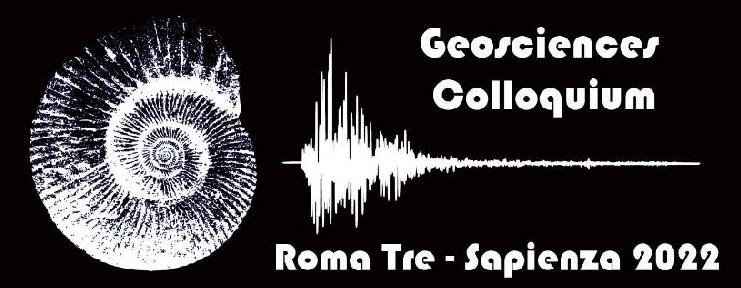Carissimi Soci SGI,
Carissimi Soci Società Associate,
su segnalazione del Prof. Fabio Trippetta (Sapienza, Università di Roma), vi segnaliamo che giovedì 07 Aprile 2022, alle ore 17:00, nell'ambito dei Geosciences Colloquium Roma Tre-Sapienza 2022, la Prof.ssa Taylor Schildgen (GFZ - German Research Centre for Geoscience) terrà il seminario "Quantifying drainage-divide migration from orographic rainfall over geologic timescales".
Sarà possibile seguire il seminario sulla piattaforma Zoom al link:
https://us06web.zoom.us/j/81266940795?pwd=SjBOMUJiazJTdWROY05Ub2s3M3hSdz09
Per maggiori informazioni si rimanda all'abstract riportato di seguito.
Cordiali saluti,
La Segreteria
Abstract
Drainage-divide migration, controlled by rock-uplift and rainfall patterns, may play a major role in the geomorphic evolution of mountain ranges. However, divide-migration rates over geologic timescales have only been estimated by theoretical studies and remain empirically poorly constrained. Geomorphological evidence suggests that the Sierra de Aconquija, on the eastern side of the southern Central Andes, is currently undergoing westward drainage-divide migration. The range has been subjected to near-vertical rock uplift and pronounced orographic rainfall for the last several million years, presenting an ideal test case for using low-temperature thermochronometric data to constrain its topographic evolution. We perform three-dimensional thermal-kinematic modeling of previously published thermochronometric data spanning both sides of the range to explore its likely structural and topographic evolution. We find that the thermochronometric data can be explained by topographic evolution, changes in the structures that have accommodated deformation through time, or both. By combining new 10Be derived catchment-average denudation rates with geomorphic constraints on probable fault activity, we are able to conclude that evolution of the range was likely dominated by west-vergent faulting on a high-angle reverse fault that underlies the range, together with westward drainage-divide migration at a rate of several km per million years. Our findings place new constraints on the magnitudes and rates of drainage-divide migration in real landscapes, quantify the effects of orographic rainfall and erosion on the topographic evolution of a mountain range, and highlight the importance of considering drainage-divide migration when interpreting thermochronometer age patterns.

